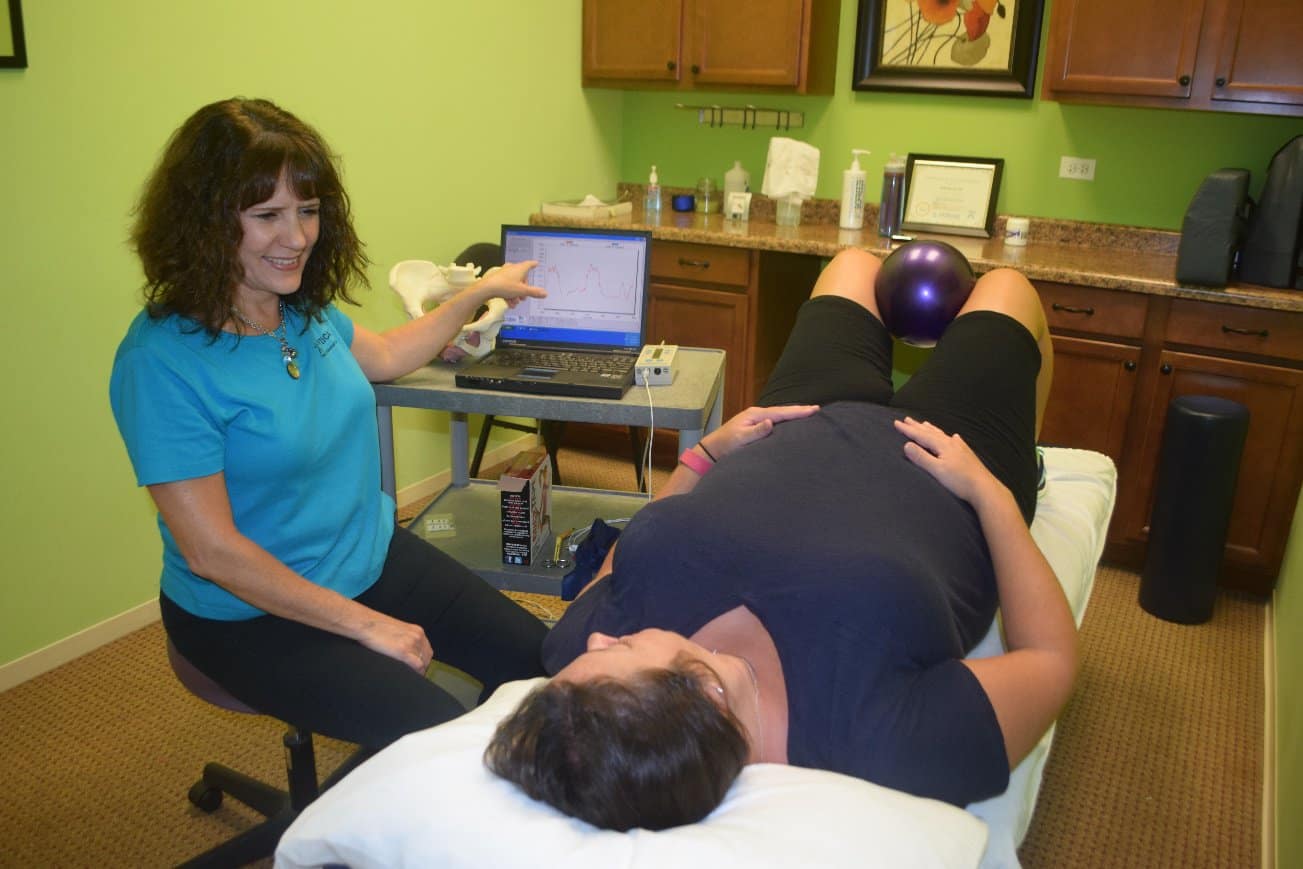Many people have problems controlling their bladder. If you’re waking up several times at night to urinate, you may have an overactive bladder. Physical Therapy is a non-invasive, safe, and effective method to help regain bladder control without side effects.
What is Overactive Bladder
The most common symptoms of an overactive bladder include an urgency to urinate, frequency of urination, and urinary leakage.
There are many possible causes for overactive bladder, including:
- Prior bladder surgeries
- A weak pelvic floor
- Urinary tract infections
- Smoking
- Certain medications
- Bladder irritants, such as alcohol or caffeine
- Menopause
- Various medical conditions such as diabetes, kidney stones or neurologic issues
While menopause is often linked to overactive bladder, BMI and age are two of the most common risk factors that affect both men and women. Aging may bring increased susceptibility to other conditions that can cause overactive bladder like diabetes, cognitive decline, and medication use.
How to Treat Overactive Bladder
Improving your diet, exercising and stress management can help minimize overactive bladder symptoms. The following techniques can make a tremendous difference in regaining bladder control.
- Pelvic Floor Physical Therapy. Pelvic floor physical therapy helps you to properly engage the pelvic floor muscles that control bowel and bladder function. Pelvic Floor physical therapists are the most underutilized resource in treating overactive bladder. These specialists will evaluate your pelvic floor function, help you identify and utilize the proper muscles with biofeedback, and then guide you through a set of pelvic floor exercises based on your individual needs. Exercises may include Kegels, abdominal and glute strengthening, and posture improvement. Did you know that 1st Choice Physical Therapy has Pelvic Floor Physical Therapist Jodi?
- Re-train Your Bladder. If you emptied your bladder recently and feel another urge to go, try to pause – take a few slow, deep breaths to relax – and see if the sensation goes away. Similarly, don’t go to the bathroom because you’re leaving to go somewhere and want to empty “in case.” If you repeatedly empty your bladder before it signals it’s full, you may accidentally be training your bladder to send urge signals sooner, making frequency and urgency worse.

